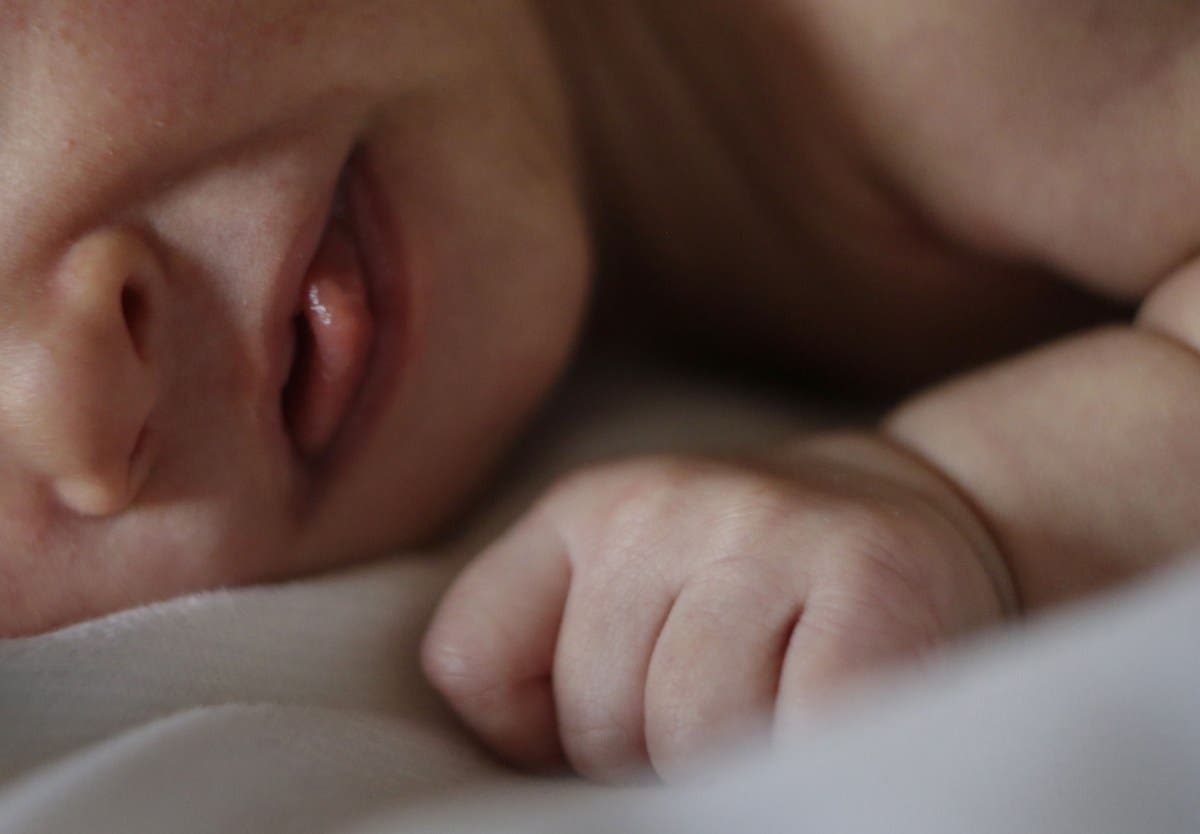Home / Business and Economy / Rent Hikes Blamed for Over 50% of U.S. Fertility Decline
Rent Hikes Blamed for Over 50% of U.S. Fertility Decline
13 Nov
Summary
- Rising housing costs since 1990 responsible for 51% of fertility rate drop
- Rents up 149% since 1990, more than inflation
- Fewer young families in 2010s due to high rents

According to a recent study, the rising cost of housing has been a major driver behind the declining birth rate in the United States over the past two decades. The research, conducted by Benjamin K. Couillard, a doctoral candidate at the University of Toronto, reveals that the surge in housing costs since 1990 was responsible for 51% of the total fertility rate decline between the 2000s and 2010s.
Rents across the country have skyrocketed by 149% since 1990, outpacing the overall inflation rate of 103% over the same period. This sharp increase in housing expenses has had a significant impact on family formation and fertility. Couillard's analysis shows that high rents not only directly raise the cost of having children, but also push families into living arrangements less conducive to child-rearing, such as house-sharing.
As a result, the U.S. fertility rate has dropped from 2.08 in 1990 to a record low of 1.599 last year. Experts warn that this trend could lead to an aging population with fewer working-age individuals to support the elderly. Couillard argues that addressing the supply of family-friendly housing is crucial to improving demographic sustainability in the country.




